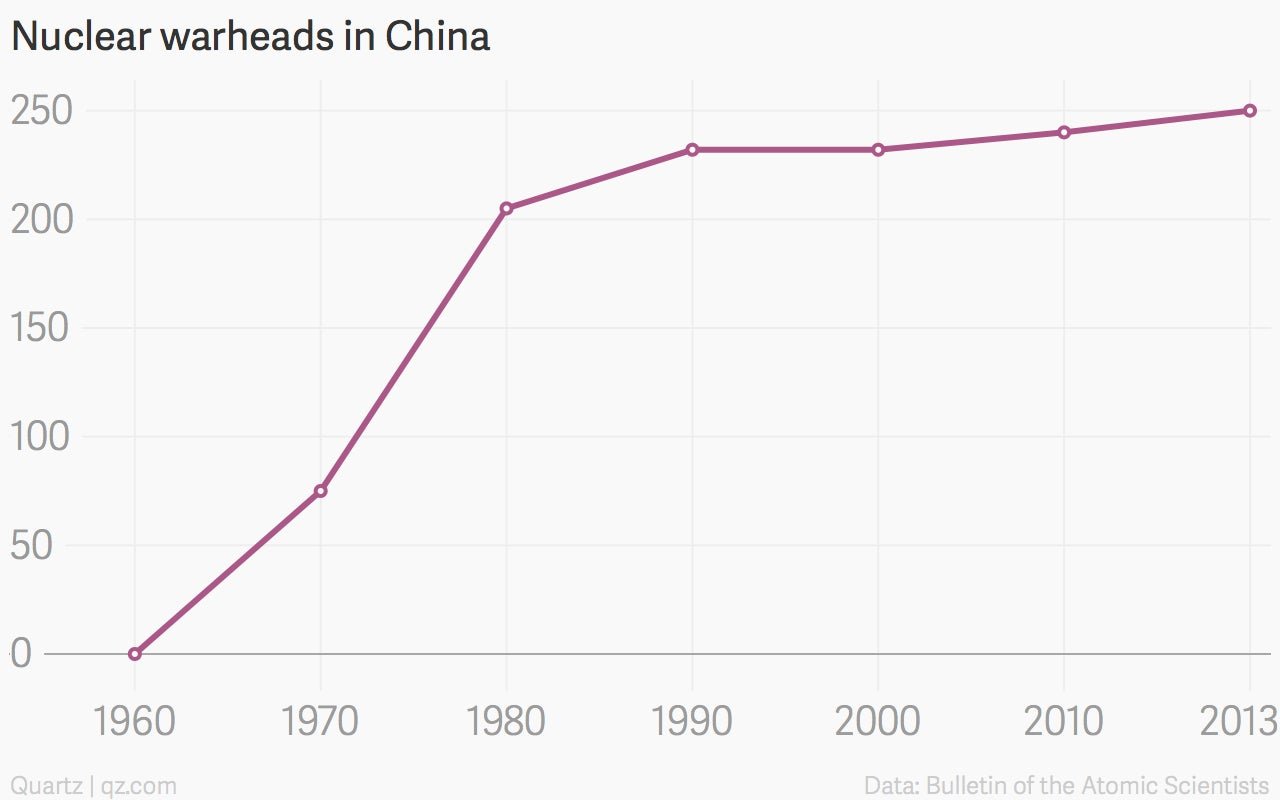The other India-Pakistan match: Who has more nukes?
Even as countries across the world steadily bring down their nuclear stockpile, India and Pakistan seem to be in no mood to rein in their spending on nukes.
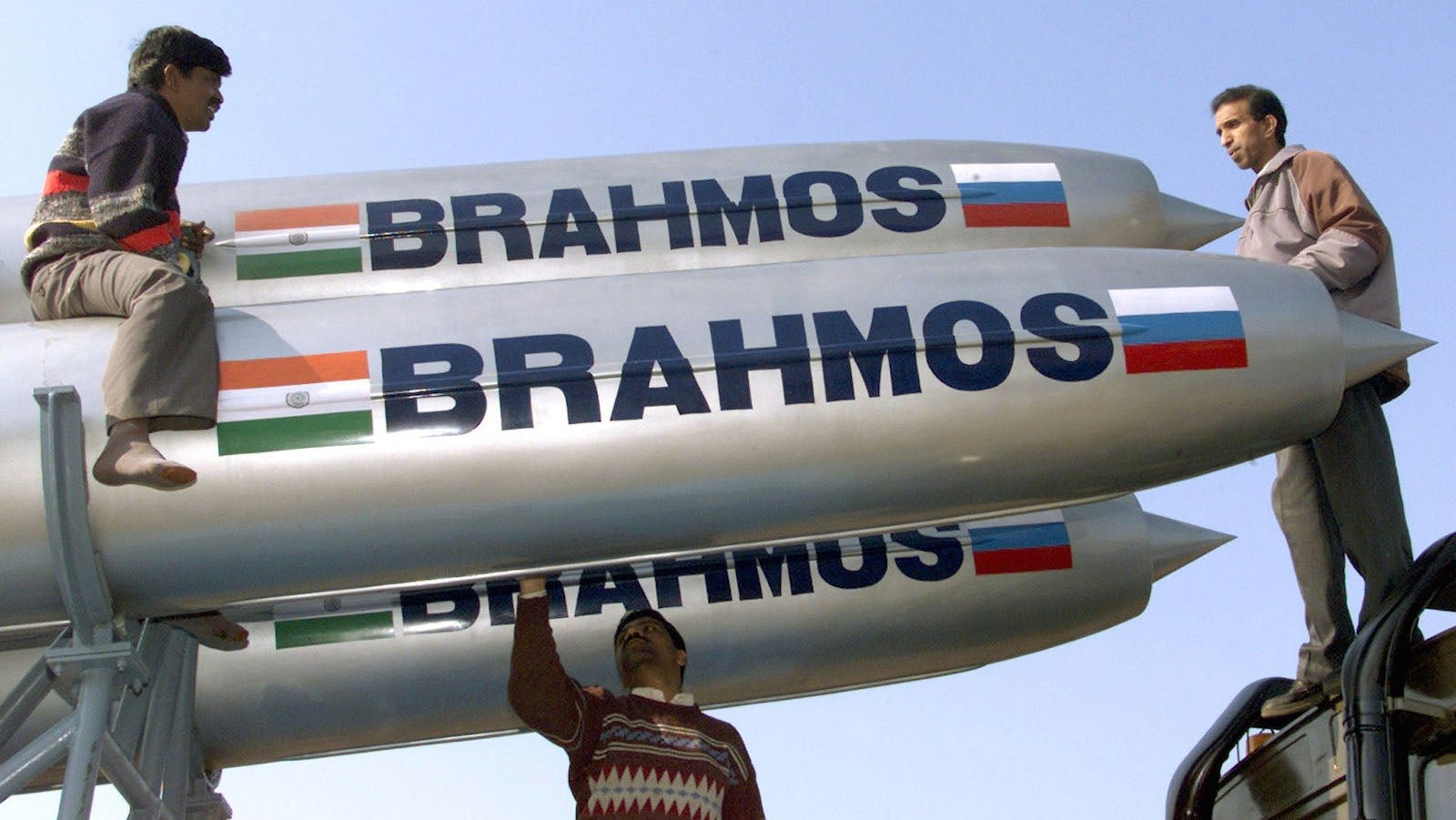

Even as countries across the world steadily bring down their nuclear stockpile, India and Pakistan seem to be in no mood to rein in their spending on nukes.
From three nuclear warheads in 1998, India’s stockpile grew to 110 in 2013, according to Chicago-based Bulletin of the Atomic Scientists. Pakistan, meanwhile, has a stockpile of 120 warheads, compared to two in 1998.
During the same period, the US, Russia, France and the UK have significantly brought down their respective stockpiles.
According to Global Zero, a campaign to eliminate nuclear weapons, India spent $4.9 billion on nuclear arms in 2011 while Pakistan spent $2.2 billion. This is at a time when over 20% of population in both the countries lives in poverty.
Still, none of this is without reason. India and Pakistan have been involved in four wars since their independence in 1947, and their troops regularly engage in skirmishes in the Jammu and Kashmir region.
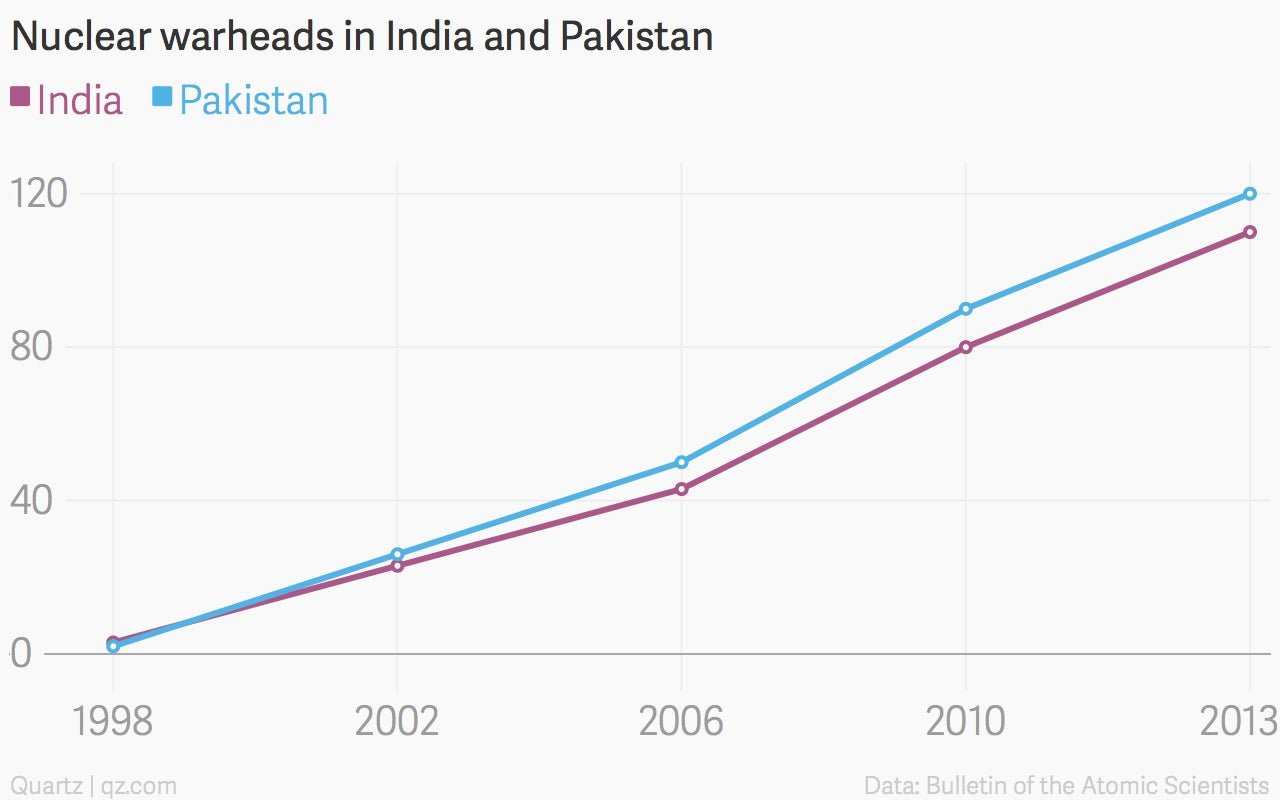
Meanwhile, the total number of nuclear warheads globally has gone down from 64,099—the highest ever— in 1986 to 10,144 in 2013, largely because the US and Russia decided to scale down their arsenals.
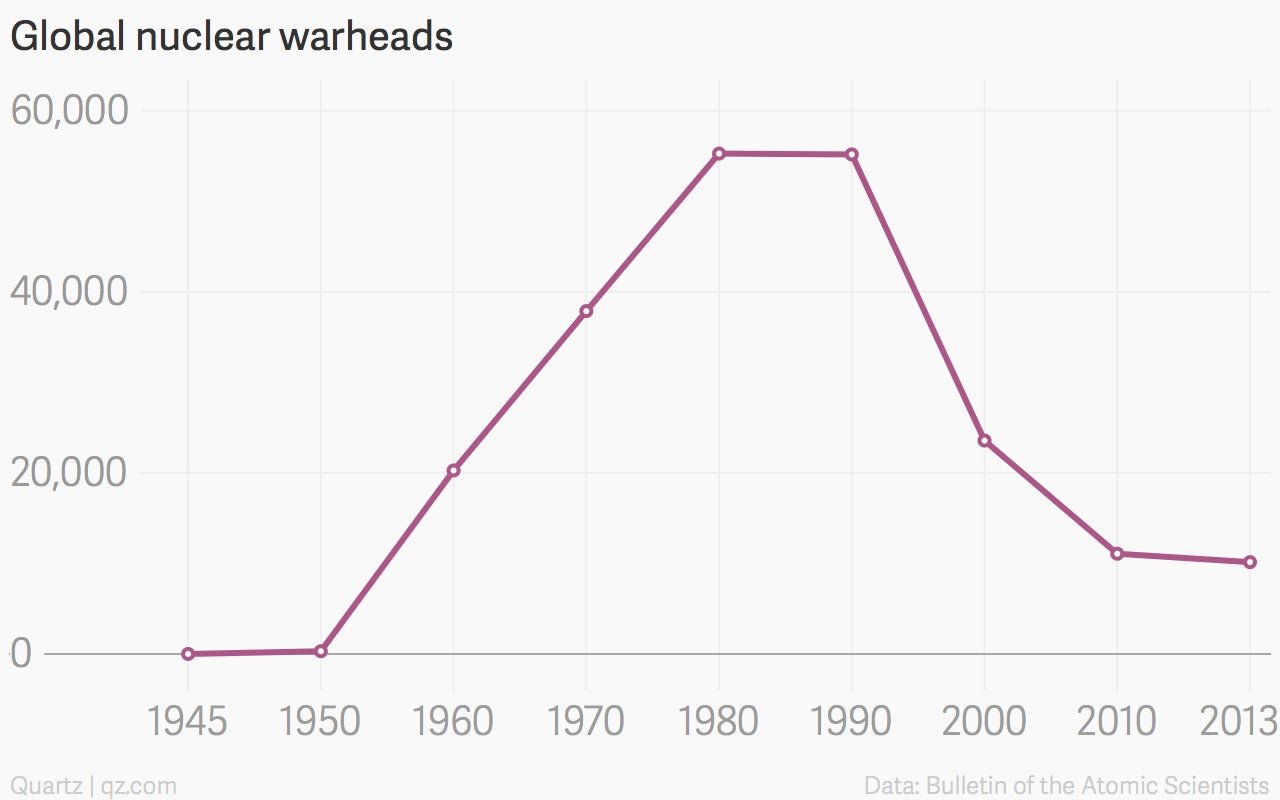
Even though they are scaling down, the US and Russia continue to be way, way ahead of the rest of world in terms of nuclear weapons. The US had 4,804 nuclear warheads compared to 4,480 in Russia in 2013. During the cold war era, the US had more than 24,000 nuclear warheads while the USSR held more than 30,000.
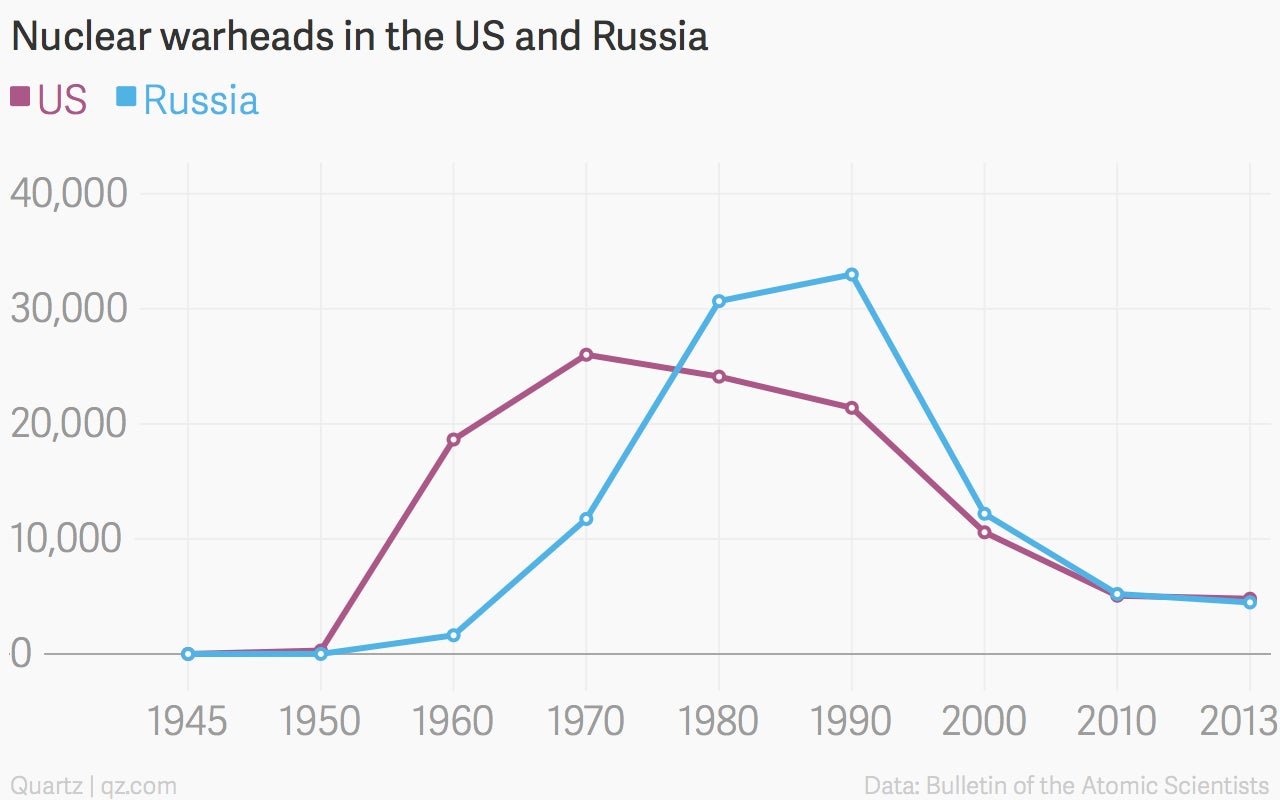
Asia’s largest economy, China, meanwhile has also been steadily building up its stockpile and currently has about 250 nuclear warheads.
